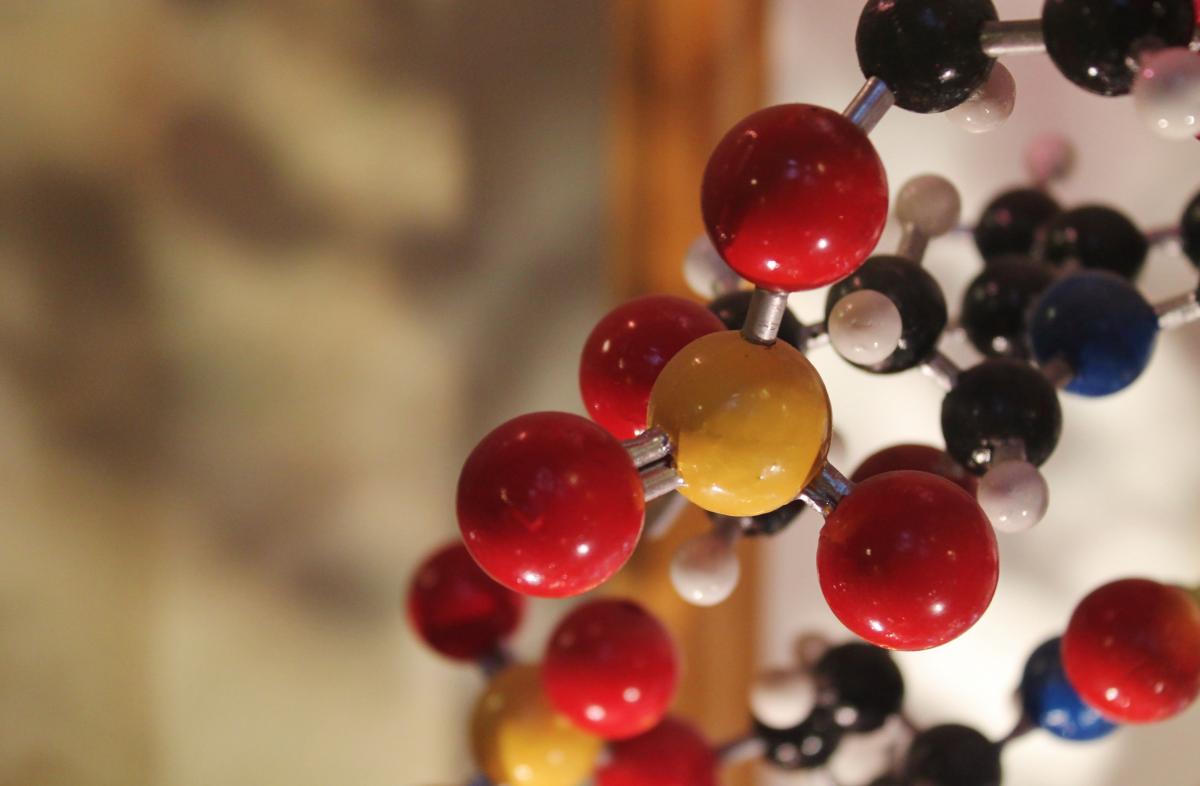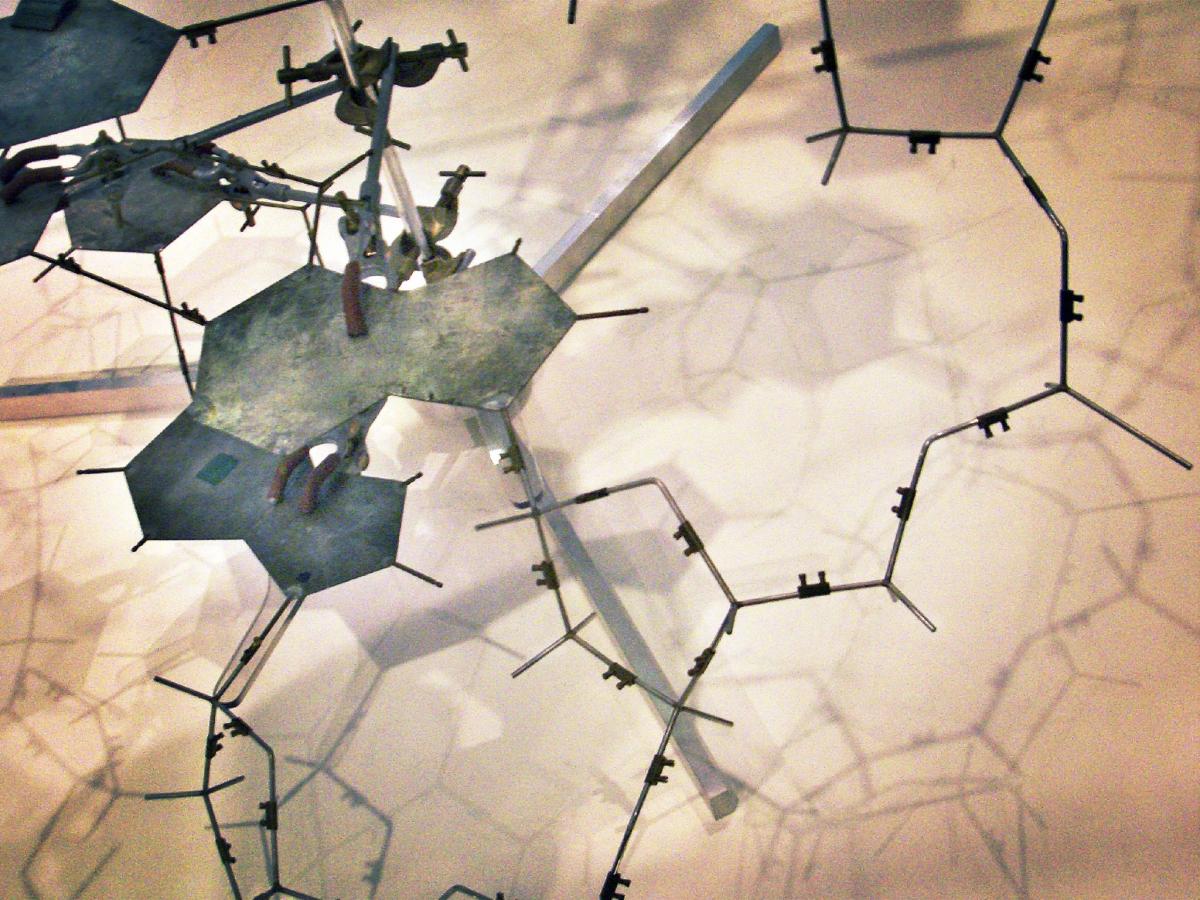Science surrounding the double helix discovery Inspire article
What scientific evidence led to Watson and Crick’s big breakthrough and how far has genetics come since their discovery in 1953? Click on the links to understand more, as well as for tips and activities for teaching about DNA.

Image courtesy of Charles
Clegg; image source: Flickr
“We wish to suggest a structure for the salt of deoxyribose nucleic acid (D.N.A). This structure has novel features which are of considerable biological interest.” These were the opening lines for the scientific article published in Nature on 25th April 1953w1 in which James Watson and Francis Crick would reveal their groundbreaking discovery: the double helix structure of DNA.
The names Watson and Crick are now synonymous with DNA. Without earlier scientific breakthroughs of lesser-known pioneers, however, the duo might not have come to their famous conclusion. In 1860, Friedrich Miescher first extracted what he called “nuclein”, now known as nucleic acid. Nowadays, the isolation of DNA from everyday materials is a popular and widespread activity in school laboratories.

aluminium templates like this
one for Adenine (A), to build
their physical model of DNA.
Image courtesy of
Mrjohncummings; image
source: Wikimedia Commons
By 1900 it was understood that DNA was made up of three basic building blocks: phosphate, a sugar, and four nucleotide bases. The biochemist Erwin Chargaff noticed something in particular about the four bases, or ‘letters’ of the DNA alphabet: the amount of adenine (A) is equal to the number of thymine (T), and the same is true for guanine (G) and cytosine (C). One final key bit of information for completing their puzzle came from X-ray crystallography work by Rosalind Franklin and Maurice Wilkins.
By piecing together the evidence, Watson and Crick were able to produce a three-dimensional, double-helical model for the structure of DNA. These days, DNA models in science classrooms or in textbooks are commonplace, but by actively building their own double helix, students will better understand the basic structural elements of DNA and their 3D molecular organisation. They can build their models using recycled materials or use a template to create an origami DNA double helix.
The science of genetics has come a long way since 1953. In 1984 Alec Jeffreys discovered genetic fingerprinting; in 2003 the human genome was fully sequenced; home DNA tests have now become possible; and a new gene editing technique called CRISPR has taken the scientific community by storm over the past few years.
Web References
- Watson and Crick. (1953) Molecular Structure of Nucleic Acids: A Structure for Deoxyribose Nucleic Acid. Nature 171: 737–738. doi: 10.1038/171737a0





